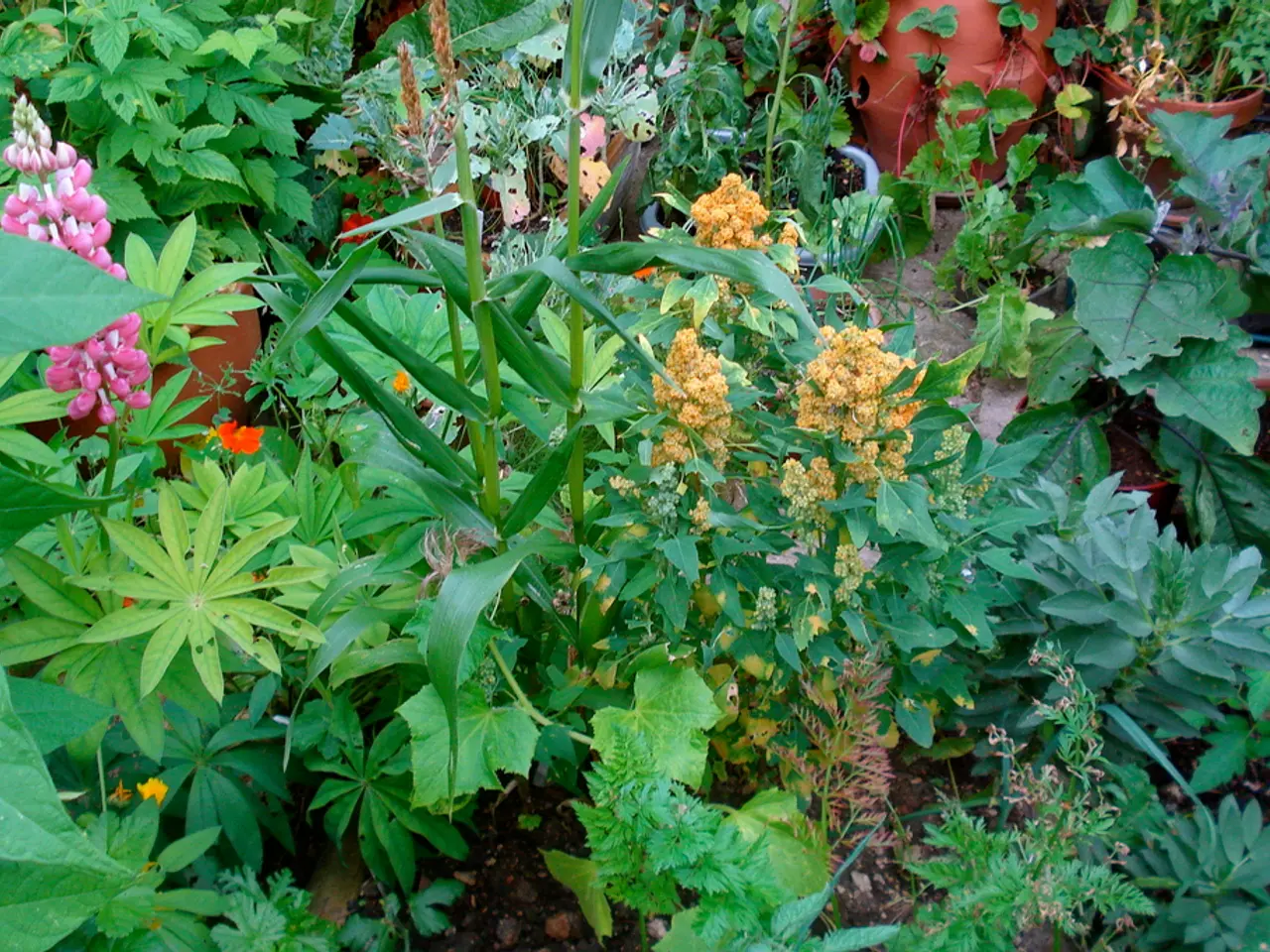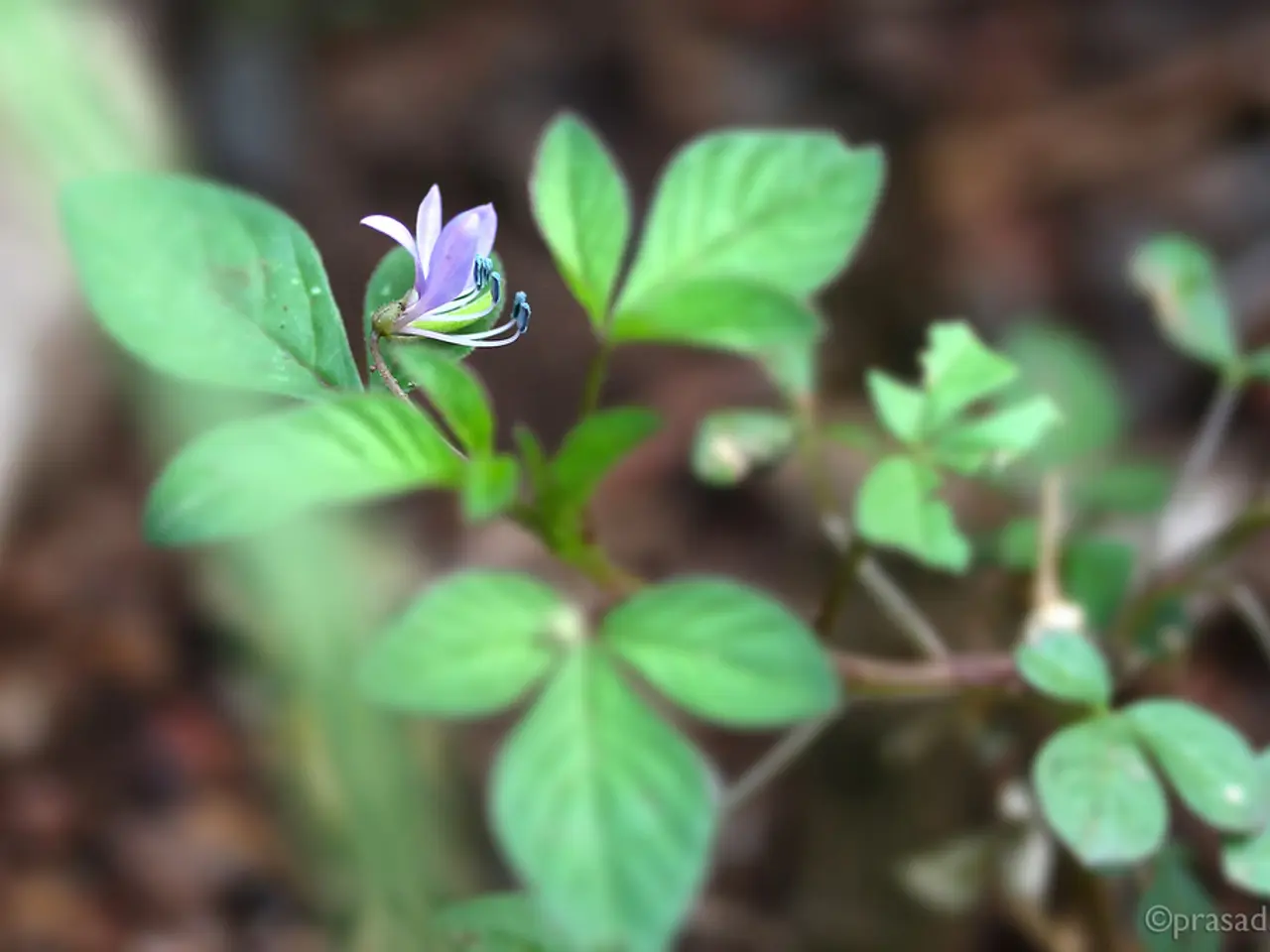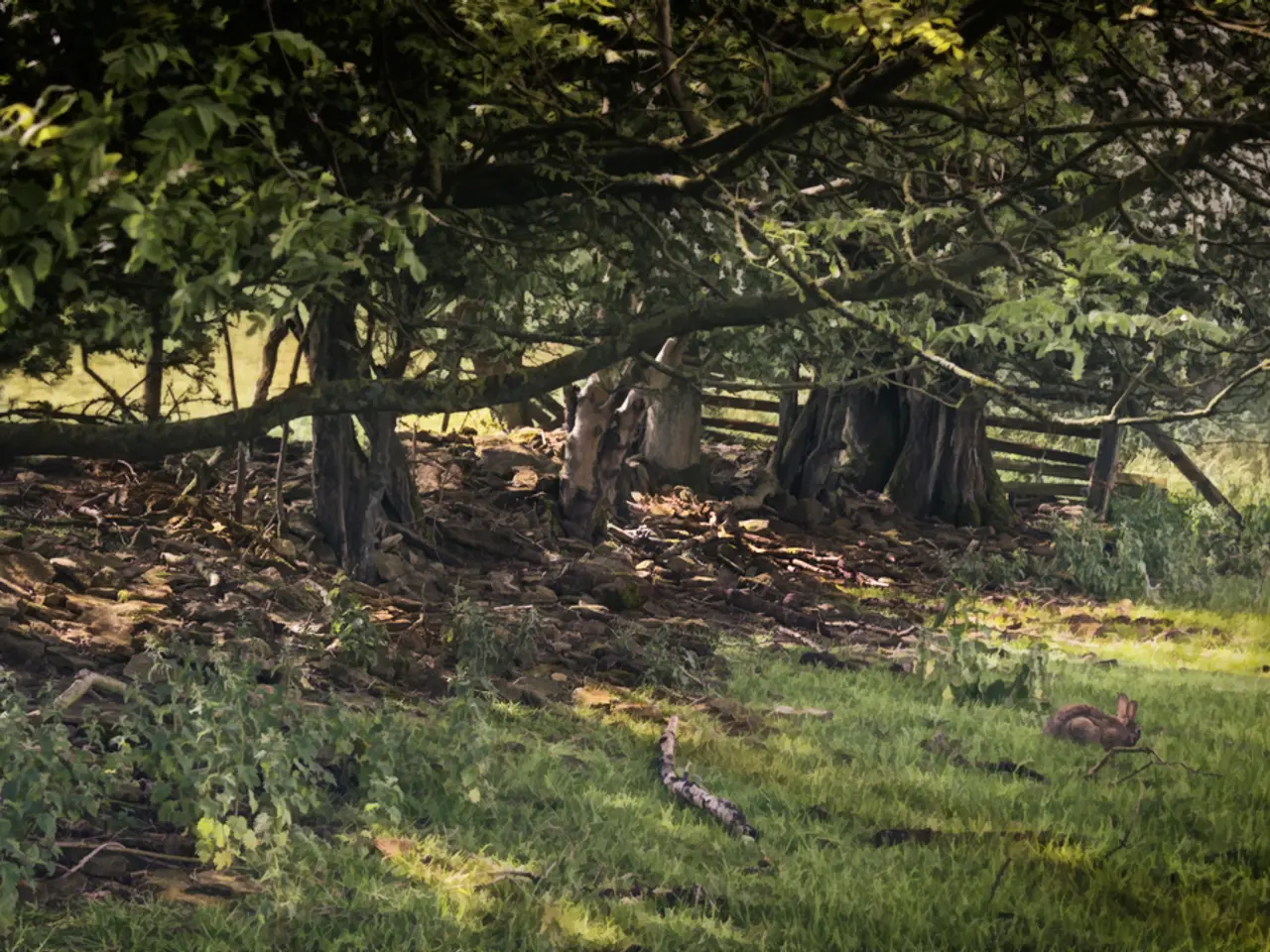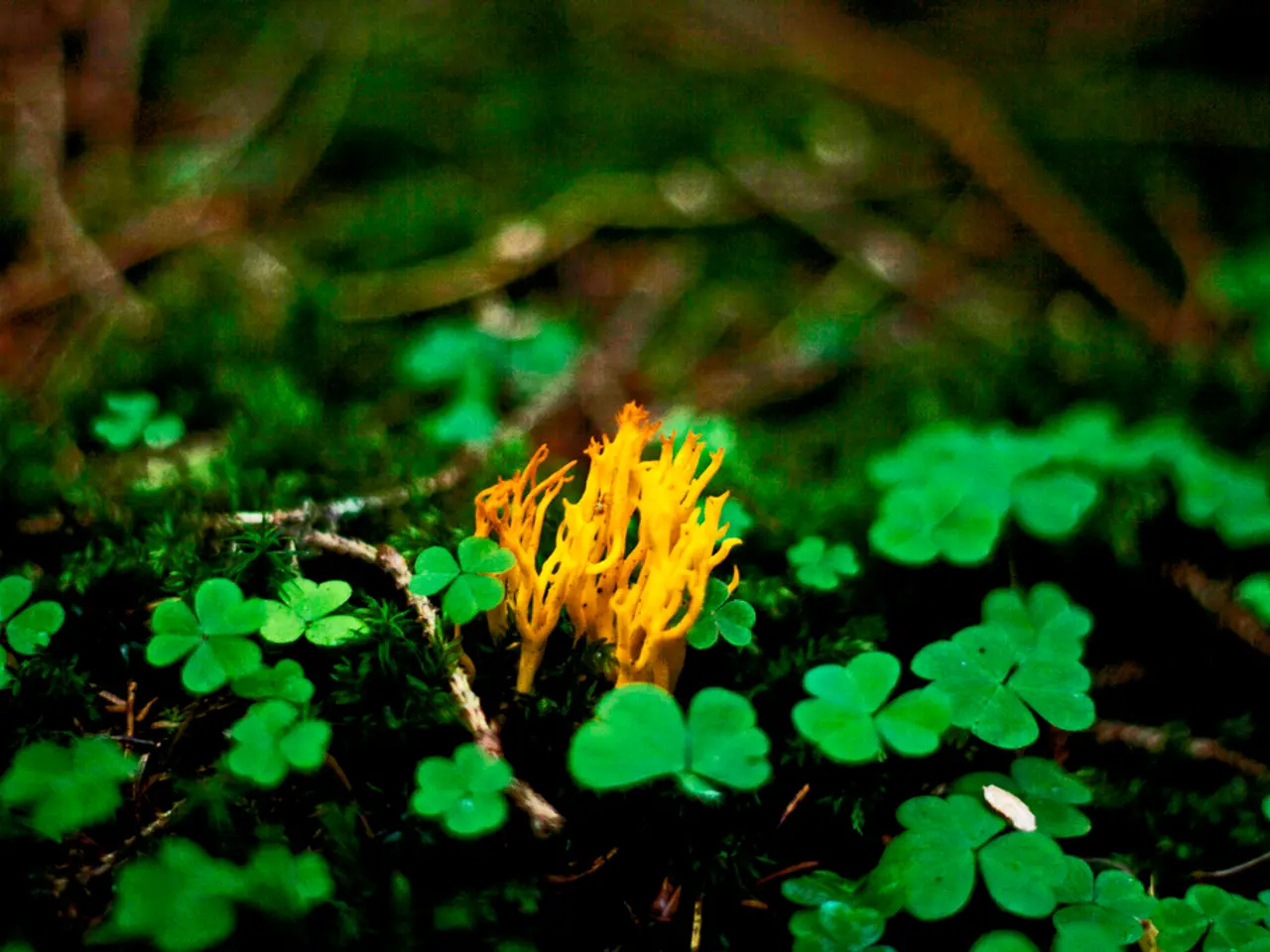Quick guide on cultivating cress:
Growing cress, whether indoors or outdoors, is a breeze! This speedy crop can be added to sandwiches and salads in no time. For kids, it's a fantastic project as it grows swiftly and effortlessly. Even in the tiniest of spaces, this bad boy thrives.
Indoor cress farming is just the ticket for urban dwellers with little garden space. Sow seed on absorbent material or soil, cover to retain moisture, then place in a well-lit area. Harvest by snipping close to the base with scissors.
Ready to taste the gourmet world of microgreens? Alongside cress, you can also cultivate pak choi, rocket, and radish. Their flavorful leaves and crisp stems will provide a miniature harvest, perfect for those who lack a garden. All you need is a bright, well-lit windowsill.
Growing Your Indoor Cress Garden
Cress can be cultivated in moist soil, absorbent materials such as cotton wool, or in any type of container. Sow seeds on the surface, then cover them to maintain moisture until they germinate. Once germinated, move them to a well-lit spot.
How long does cress take to grow?
Cress starts to germinate in a day or two indoors and takes up to two weeks to reach edible size. Harvest when the leaves have fully opened.
What type of cress can I grow?
While curled cress is the most commonly grown variety for indoor settings, Greek cress has a stronger, spicier flavor and can also be grown indoors. Other cress-related vegetables, like American or land cress, and watercress are not the same and take longer to grow.
Cultivating Cress Indoors
Any shallow, wide container without holes works for indoor cress farming. Plastic punnet containers from shop-bought fruits are ideal.
- Start by adding a layer of growing medium around 1cm deep. This could be layers of kitchen towel, paper waste, cotton wool, or peat-free multi-purpose compost.
- Moisten the growing medium with water to ensure it's thoroughly damp but not soaking wet.
- Sow the cress seed densely, ensuring they're close together but not touching.
- Cover the container with cling film or place it in a polythene bag to prevent the seed from drying out.
- Place the container in a brightly lit area, such as a windowsill. Germination usually takes a day or two.
- Water the growing medium as needed to maintain even moisture. In warm conditions, a paper base may need watering every day.
- Harvest your cress as soon as it's well developed, with at least two leaves fully opened. Use scissors to snip off the cress close to the base. If growing in soil, rinse it thoroughly under running water before consuming.
Growing Cress Outdoors
Outdoor cress cultivation allows plants to develop larger roots and serve as a 'cut-and-come-again' crop, harvesting a few leaves here and there. Perfect for growing near an outdoor kitchen, making quick work of salads and garnishes. Grown in pots or in the ground, cress reaches about 15cm high. Once plants begin to flower and run to seed, pull them up and add them to the compost heap. Outdoor cultivation should take place between spring and autumn only.
- In well-prepared, weed-free soil, use a rake or hoe to make a wide drill around 10cm wide and around 1-2cm deep.
- Water the soil before sowing and allow it to drain.
- Scatter the seed thinly to leave 1-2cm between each one, then cover with a thin layer of soil about 0.5-1cm deep.
- Keep watered during dry weather.
Buying Cress Seed
Cress seed is widely available from online seed suppliers and garden centers. Here are some reputable sources for your cress-growing journey:
- Suttons
- Dobies
- Thompson & Morgan
- With little garden space in urban areas, growing cress at home is a suitable option for home-and-garden enthusiasts.
- Indoor gardening can be expanded by cultivating a range of microgreens, such as pak choi, rocket, and radish, along with cress, to liven up one's lifestyle and offer a miniature harvest.








